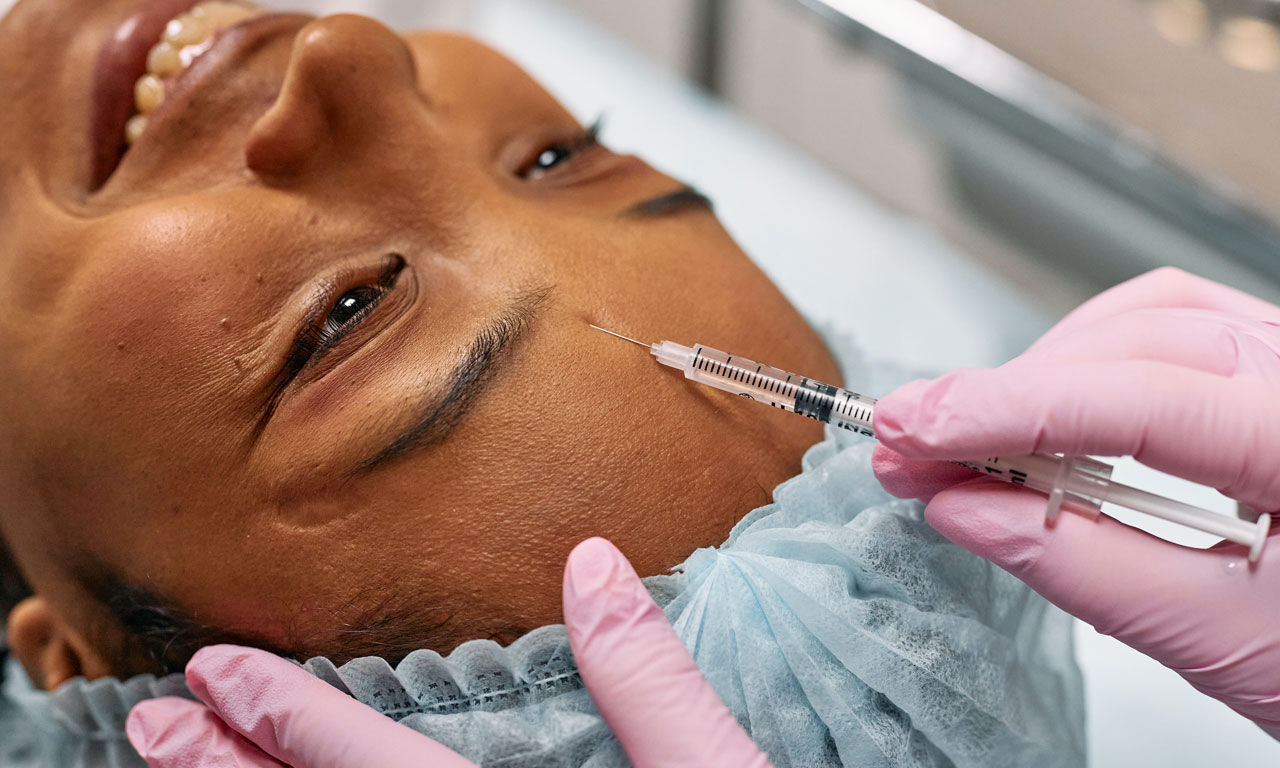Understanding the Different Types of Dermal Fillers
-
admin
- Posted on

Dermal fillers have become increasingly popular in the world of cosmetic enhancements. They offer a non-surgical solution to address a variety of concerns related to aging and skin imperfections. If you’re considering dermal fillers, it’s essential to understand the various types available, their uses, and the expected results to make an informed decision.
Hyaluronic Acid Fillers:
Hyaluronic acid (HA) fillers are among the most common and versatile dermal fillers. They work by replenishing the body’s natural supply of HA, a substance that adds volume and moisture to the skin. HA fillers are used to treat fine lines, wrinkles, and areas that have lost volume, such as the cheeks and lips. Results are typically immediate, with minimal downtime. These fillers can last anywhere from six months to two years, depending on the specific product used.
Calcium Hydroxylapatite Fillers:
Calcium hydroxylapatite fillers, like Radiesse, are designed to stimulate collagen production while adding volume. They are suitable for deeper wrinkles and can be used for non-surgical facelifts and to enhance cheek and chin contours. Results are not only immediate but also improve over time as collagen production increases. The effects can last up to a year or more.
Poly-L-Lactic Acid Fillers:
Poly-L-Lactic acid, often sold under the brand name Sculptra, is a bio-stimulatory filler. It works by stimulating the body’s natural collagen production, making it a great choice for those who want a subtle, long-lasting result. Sculptra is ideal for addressing volume loss in the mid-face and filling in deep wrinkles. Results may take a few months to become noticeable, but they can last up to two years.
Polymethyl Methacrylate (PMMA) Fillers:
PMMA fillers, such as Bellafill, are considered semi-permanent and are used to treat acne scars and deep wrinkles. The filler contains tiny microspheres that remain in the skin, providing long-lasting support. These fillers can last for several years, offering a durable solution for specific concerns.
Fat Transfer Fillers:
Fat transfer, also known as fat grafting, involves taking fat from one area of your body and injecting it into another. It is a natural and longer-lasting solution that can address volume loss, particularly in the face. The results can be quite transformative, and since it involves using your tissue, there’s no risk of allergic reactions.
Polycaprolactone Fillers:
Polycaprolactone fillers, like Ellanse, combine immediate results with long-term benefits. They stimulate collagen production and provide immediate volume. These fillers are suitable for contouring the face and treating wrinkles. Results can last up to two years.
Choosing the Right Dermal Filler:
Selecting the right dermal filler depends on your specific concerns and goals. Consult with a qualified and experienced medical professional who can assess your needs and recommend the most suitable product. Keep in mind that individual results may vary, and it’s essential to have realistic expectations about what dermal fillers can achieve.
Aftercare and Maintenance:
Dermal fillers are minimally invasive, but some aftercare and maintenance may be necessary. Bruising and swelling can occur, but they usually subside within a few days. To extend the life of your fillers and maintain their effects, it’s crucial to follow your provider’s recommendations and protect your skin from excessive sun exposure.
In conclusion, dermal fillers come in various types, each with specific uses and expected results. Whether you want to address fine lines, wrinkles, volume loss, or deep scars, there’s likely a dermal filler that suits your needs. Consult with a qualified professional to determine the best option for you and achieve the youthful, refreshed look you desire. Understanding the different types of dermal fillers is the first step in your journey to a more confident and rejuvenated appearance.






